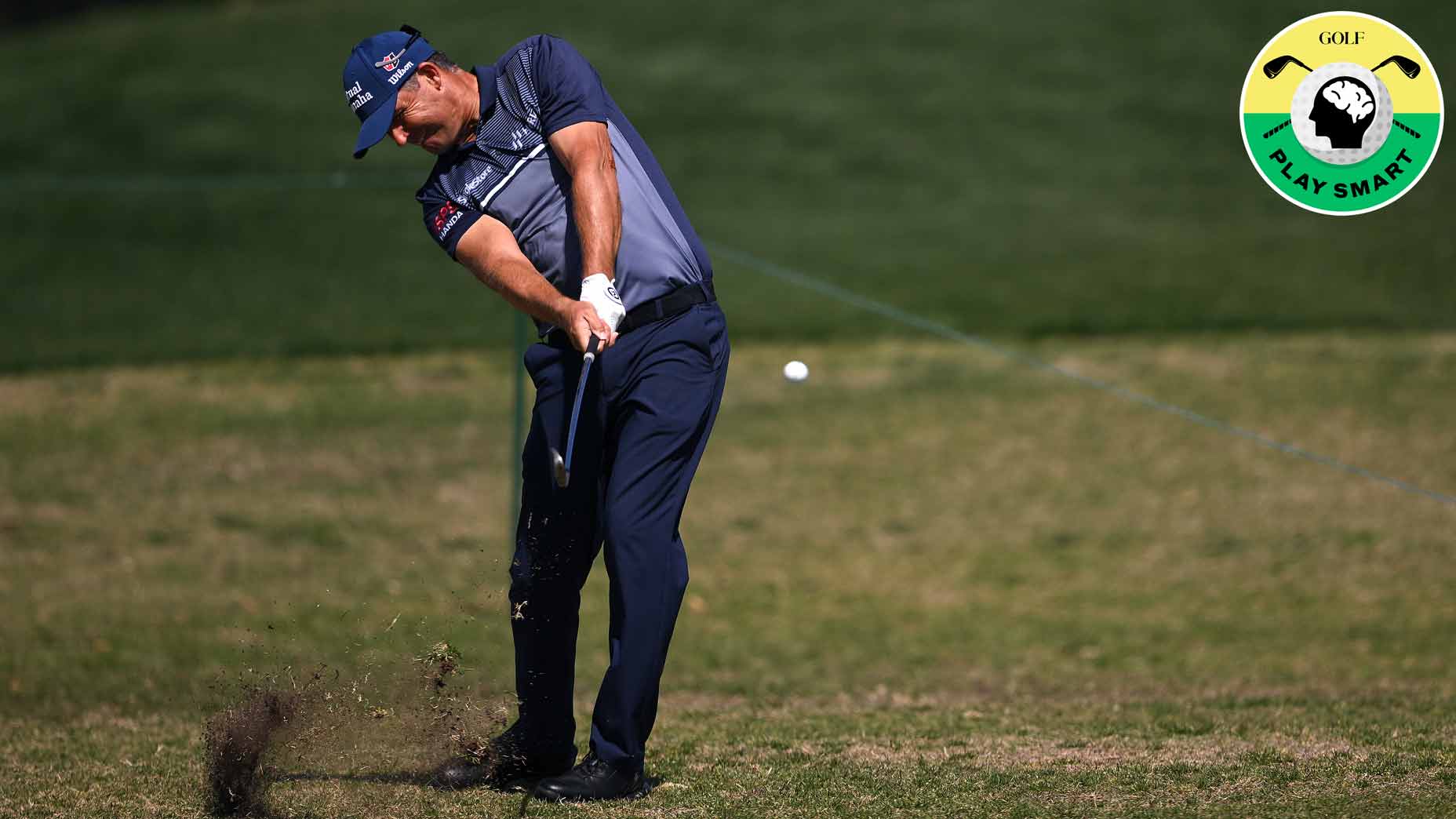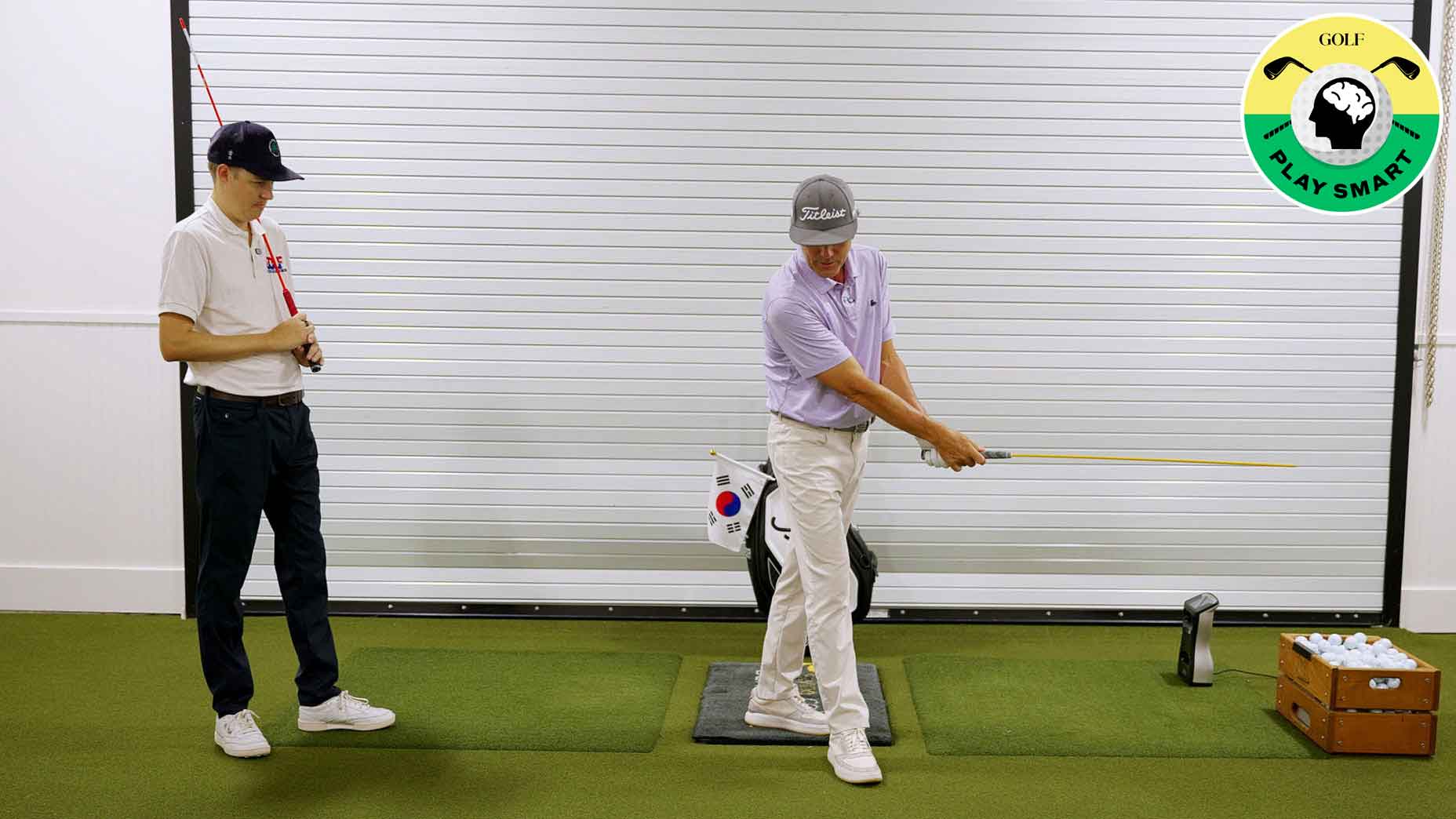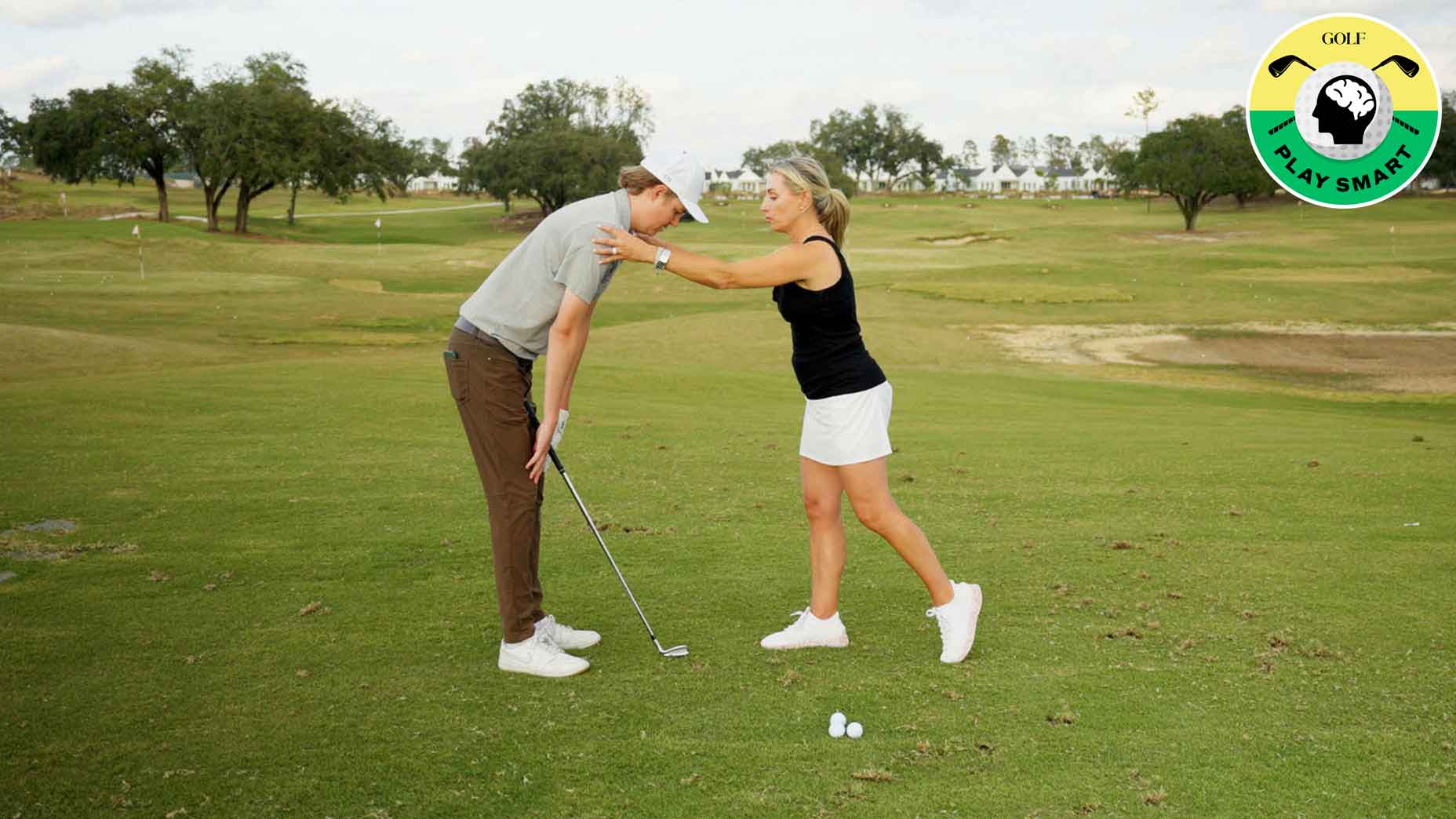Welcome to Play Smart, a regular GOLF.com game-improvement column that will help you play smarter, better golf.
Swinging a golf club is easy. Swinging a golf club well isn’t quite so simple.
There are a variety of ways you can swing the club. Much like snowflakes, every swing is unique. No two are exactly alike, and there are tons of nuances that differentiate each swing from the next.
But just because all swings are different doesn’t mean there aren’t some commonalities between the best ones. There are tons of ways to hit the ball solid, but most of the swings that produce that result have some things in common.
In today’s edition of Play Smart, we look at some of those commonalities — along with some themes of bad swings — from Padraig Harrington so you have a better idea of what you need to do to swing it like the pros.
Dos
Use your wrists and arms
A great golf swing is a sum of its parts, but two of the most important parts are the wrists and arms. You must learn how to engage them if you want to get the most out of your swing.
“You’ve got to get that club flicking a bit with your hands when you start off,” Harrington says. “Generally for most amateur golfers it’s about getting your hands and arms to dictate what the body is doing.”
Know your rhythm
Tempo is key in the golf swing, and knowing the tempo that works best for you is extremely important. Don’t try to mimic someone else’s tempo. Just swing at your pace.
“Don’t take it back slowly, don’t take it back fast,” Harrington says. “Whatever your rhythm is. Don’t try one or the other.”
Lift your front heel
Old-school players were big on lifting their front heels (see: Jack Nicklaus), and Harrington is a huge proponent as well. To get the best turn possible, he recommends lifting that heel as you make your backswing.
“This is a powerful position,” Harrington says. “Lift your heel, [and] let it turn.”
Start the downswing by going ‘down’
Once you reach the top of the backswing, you want to make a powerful transition move to attack the ball. The best way to do this is by getting everything working toward the ground. This will help you push into the ground and generate more power.
“That gives you the compression; the hit on the golf ball,” Harrington says.
Don’ts
Keep your head down
Beginning golfers often have a difficult time making consistent contact with the ball. And when they start to miss the ball, there’s always someone nearby to suggest they focus on the movement of their head. The advice comes from a well-intentioned place, but in practice, it’s not all that helpful.
“It’s one of the worst pieces of advice in golf,” Harrington says. “If I put my head down, it’s going to get stuck, I’m going to lift it, it’s going to cause topped shots.”
Keep your head still
Much like keeping your head down, keeping your head still comes from a well-intentioned place, but it’s not very effective.
“When you’re swinging a golf club, you don’t want to lock anything up,” Harrington says. “When I swing the golf club, my head turns that little bit. Most players will move their heads slightly.”
Flex your knees
You want to get into an athletic posture in your setup, but don’t overdo it. Your knees should not be too flexed or else you risk losing your balance.
“Take a nice, relaxed setup,” Harrington says. “A little bit of flex in your knees. Not bolt straight, for sure. But definitely don’t flex your knees.”
Stand too still
The golf swing is a dynamic move, so you should prepare your body for that movement before you swing. As you stand over the ball, don’t be afraid to wiggle around a little bit with your hands and feet.
“That gets you ready and gets you balanced very nicely when you move the feet,” Harrington says. “Don’t lock them down.”










